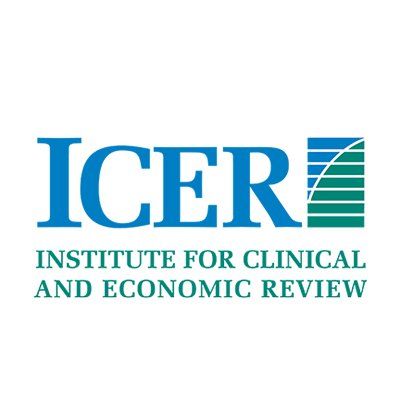Putting a Price on Remdesivir
ICER's pricing model ranges from $10 to $52,880

A course of treatment with Gilead’s remdesivir could be priced as low as $10 and as high as $52,880, according to pricing models assembled by the Institute for Clinical and Economic Review (ICER).
“The most important message here is that there is no right answer” for pricing remdesivir, Steve Pearson, ICER’s founder and president, said in an interview today.
Gilead has agreed to donate its existing supply of the remdesivir, and on earnings call last week, Gilead CEO Daniel Day skirted the issue of whether the company plans to make a profit from the drug.
Remdesivir has emerged as the most promising treatment medication for COVID-19, eclipsing the antimalarial drugs, chloroquine and hydroxychloroquine.
Last week, Anthony Fauci, M.D., the director of the National Institute of Allergy and Infectious Diseases (NIAID) released unpublished, interim results from a placebo-controlled trial that showed - according to Fauci -that remdesivir shortened the time to recovery from COVID-19 compared with treatment with a placebo. Fauci said the findings, which came from an NIAID-sponsored trial, had not yet shown a statistically significant difference in mortality between the COVID-19 patients treated with antiviral and those assigned to the comparison group that was treated with a placebo.
On May 1, the FDA approved remdesivir on an emergency basis as a treatment for COVID-19 based on the findings from the NIAID trial.
The $10 price is ICER’s estimate of the marginal cost of producing a 10-day course of remdesivir, which, in turn, is based on evidence from an article in the current issue of theJournal of Virus Eradication that put the minimum cost of production of remdesivir at 93 cents per day. ICER called this the “cost recovery” approach to pricing the drug.
The high-end figure of $52,880 price assumes that there is a mortality benefit from the antiviral and that the quality-adjusted life years (QALYs) that ICER and other cost-effectiveness organizations use in their price calculations should be priced at $150,000 per QALY.
But Pearson said affordability considerations - because of the large number of people who may need to be treated with remdesivir - argue for a pricing model that pegs a QALY at $50,000 instead of ICER’s usual range of $100,000 to $150,000.
A $50,000 QALY and a mortality benefit, along with other assumptions, would bring remdesivir’s putative price down to $4,460.
“I don’t think there is anything magical about $10 or $4,500,” said Pearson, noting that pricing model will have to be adjusted as more data become available.
ICER’s brief, seven-page report on its remdesivir pricing notes that the presumed, “mortality benefit” is by far the largest driver of the cost-effectiveness (and therefore price) calculations.
If there’s no mortality benefit from remdesivir and a QALY is priced at $50,000, ICER’s model argues for price of just $390 for remdesivir. But dial up the QALY to $150,000 and the no-mortality-benefit price is $1,170. A $150,000 QALY and a mortality benefit price comes out to the high-end price of $52,880. Set the QALY at a mid-point of $100,000, and the mortality-benefit price is $28,670 and the no-mortality-benefit price,$780.
Pearson said ICER’s pricing models are not suitable for figuring out how to price a possible vaccine for COVID-19.
Conversations With Perry and Friends
April 14th 2025Perry Cohen, Pharm.D., a longtime member of the Managed Healthcare Executive editorial advisory board, is host of the Conversations with Perry and Friends podcast. His guest this episode is John Baackes, the former CEO of L.A. Care Health Plan.
Listen
Breaking Down Health Plans, HSAs, AI With Paul Fronstin of EBRI
November 19th 2024Featured in this latest episode of Tuning In to the C-Suite podcast is Paul Fronstin, director of health benefits research at EBRI, who shed light on the evolving landscape of health benefits with editors of Managed Healthcare Executive.
Listen
Why Better Data and Awareness Matters for Medicaid Work Requirements
April 17th 2025With policymakers considering work requirements for Medicaid eligibility, Jennifer Haley, principal research associate in the Health Policy Division at the Urban Institute, said it’s more important than ever to understand how those changes could unintentionally cause harm, particularly when data systems fall short and public awareness is limited.
Read More